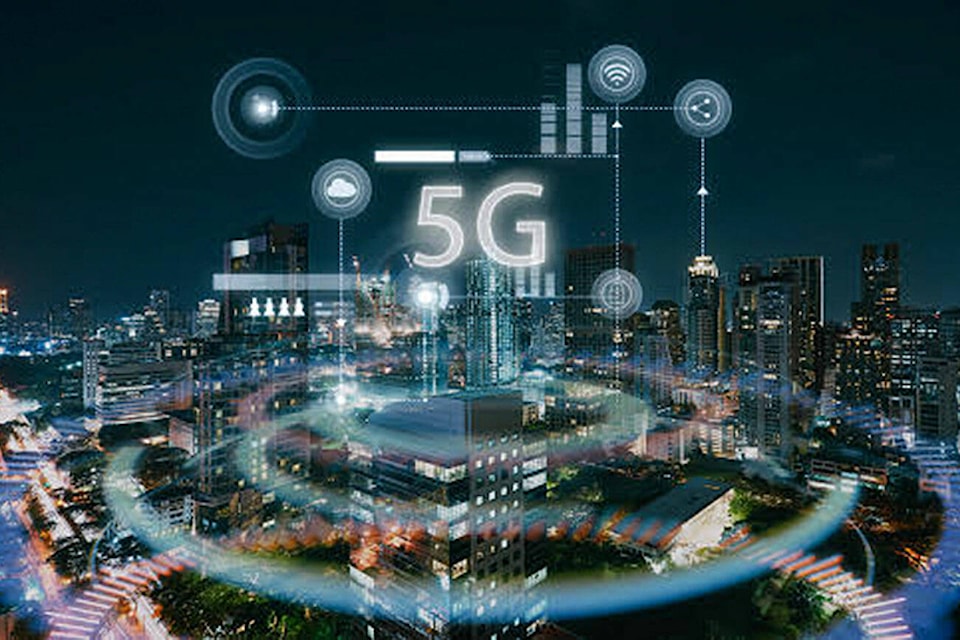All of us have become accustomed to the conveniences associated with the Internet. From downloading our favorite films to speaking with far-off friends and even learning conversational English with the help of an online tutor, life would be impossible to imagine if this technology suddenly vanished.
However, we also need to remember that the days of dial-up Internet are far from a distant memory. When this form of communication was first launched in the latter half of the 1990s, it was considered revolutionary for its time. Dial-up services were then superseded by broadband Internet and more recently, by 4G wireless connectivity. The good news is that consumers throughout British Columbia are now on the cusp of 5G services. When might these speeds become available to the average user? Let’s take a look at where we currently stand as well as what the future has in store.
An Existing Technology
It might come as a surprise that there are already more than 500,000 devices throughout Canada which are equipped to handle 5G data transmission speeds. Indeed, most new smartphones and tablets have this ability hard wired into their operating systems.
Major telecommunications firms have likewise followed suit. Beginning in 2020, companies including (but not limited to) Siemens, Xplornet, Rogers, and Eastlink have already begun upgrading their systems in order to provide customers with the most reliable service packages. This clearly illustrates that 5G is closer than we may think. However, we still need to address an important question. When might nearly everyone be able to access this amazingly fast network? A dose of reality is required here.
Patience is a Virtue
Telecommunications and mobile firms throughout Canada have already invested billions of dollars into this new paradigm shift. Many believe that 5G will represent the predominant form of communications for at least a decade. The only issue is that the infrastructure itself will likely take longer to cope.
This same principle was seen when 4G was introduced in 2010. While the technology was already in place, devices needed to play a slight game of “catch up”. This was equally true when referring to communication systems such as mobile phone towers and networking facilities. This is why it is perfectly reasonable to expect a lag between when 5G becomes available and when it can be accessed by the average consumer.
We should therefore begin to see these services being rolled out in major metropolitan areas such as Vancouver, Victoria and Kelowna. Residents living in more rural regions will likely be required to wait longer before 5G emerges in their locations. Most analysts predict that this next-generation wireless connectivity should become commonplace during the final portion of 2022 and well into 2023. Of course, this is also assuming that no logistical challenges emerge along the way.
Even if we are forced to wait a bit longer for 5G wireless services, there is no doubt that the benefits will far outweigh any medium-term frustration. The digital horizon throughout British Columbia looks quite bright!
